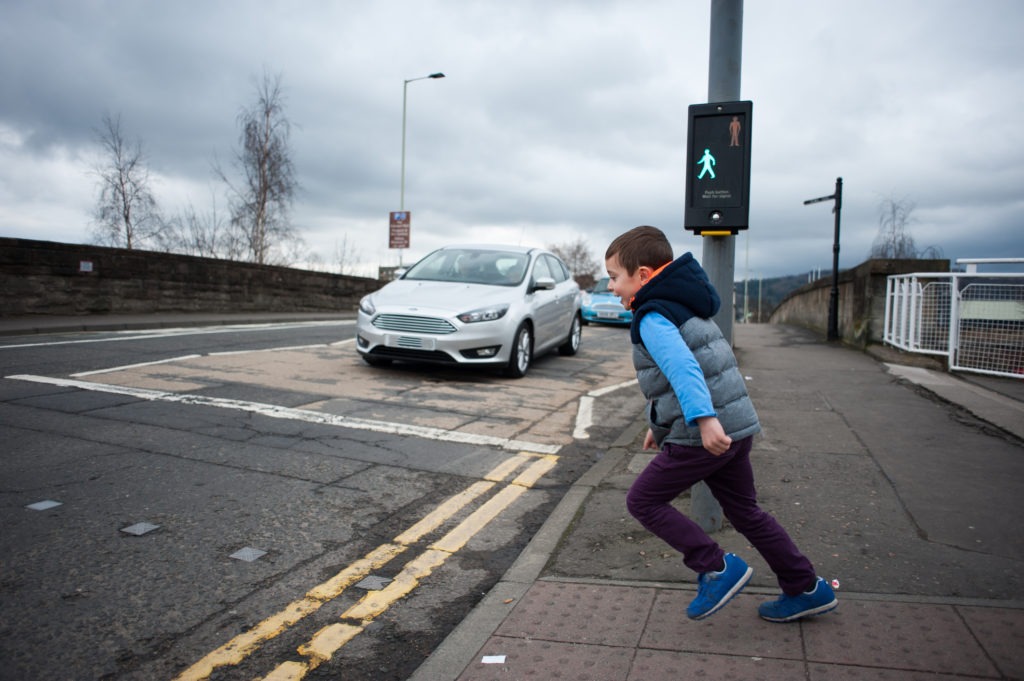Survey results: Which safety system will contribute most to saving lives?
07 December 2018

7 December 2018
Autovista Group reported last week that the European Commission has published figures stating that it has seen a reduction in the number of fatalities in 2017. In response to this, we asked readers of the Daily Brief which safety system will contribute most to saving lives in the coming years.
The runaway leader in responses was active braking, with 60% of respondents agreeing this would be the number one solution for further reductions in fatalities on the road.
The European Commission has previously stated that active systems within vehicles, alongside other systems, could save upwards of 10,500 lives and avoid close to 60,000 serious injuries between 2020 and 2030. This would contribute to the EU’s long-term goal of moving closer to zero fatalities and serious injuries on the road by 2050.
Though receiving far fewer votes, alcohol interlock interfaces, lane departure warnings and safety belt reminders all featured in the rankings. These active safety measures all keep drivers more alert when driving and increase road safety.
ACEA has previously endorsed active safety measures in a report. These measures include using cameras and sensors to increase the driver’s field of vision and to draw attention to potential hazards. They are some 50% more effective than alternative solutions.
While crash-event data recorders, tyre pressure monitors, blindspot cameras and emergency braking options were not selected by our respondents, they could still play a role in contributing to the European Commission’s aim of zero road deaths in the coming years.